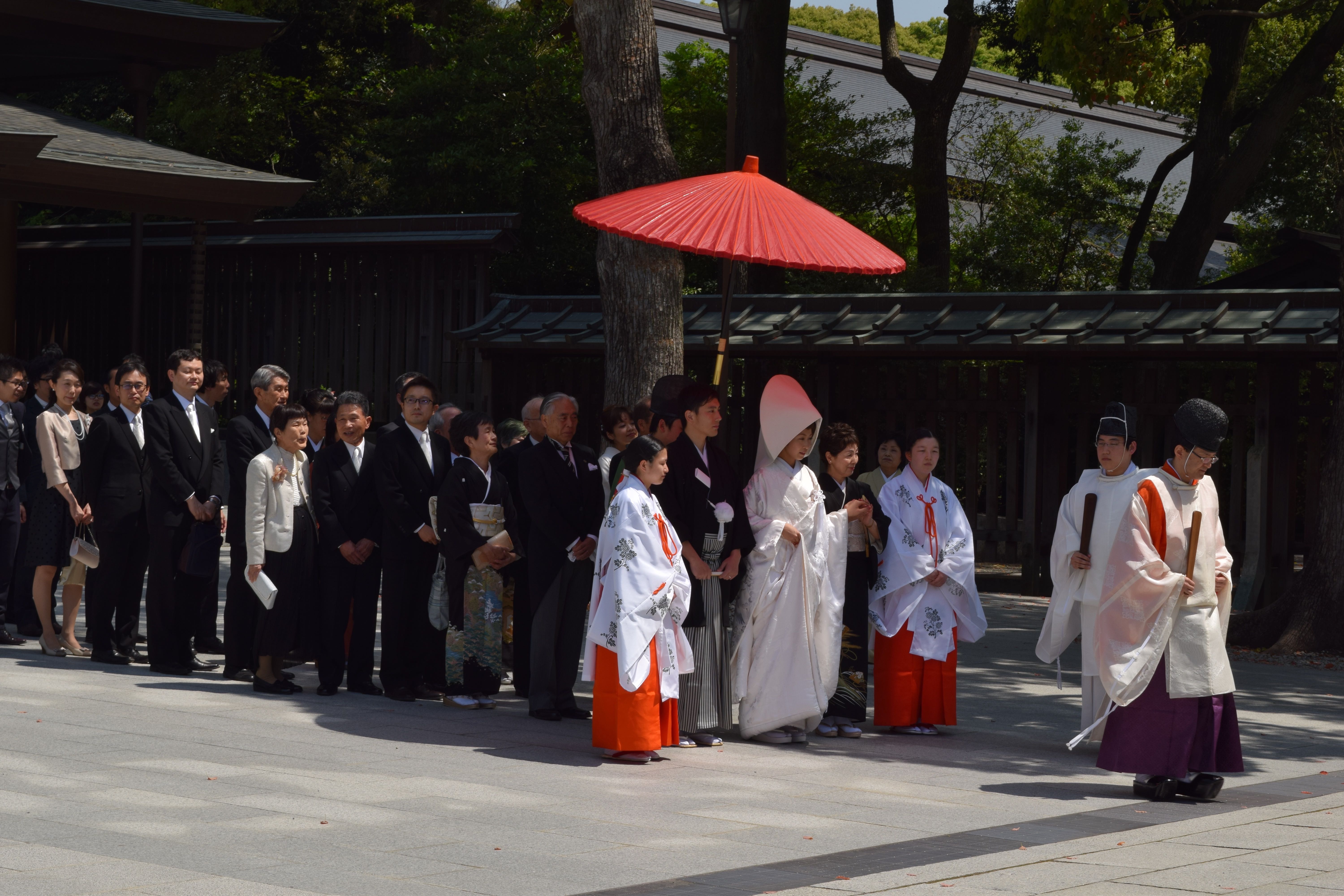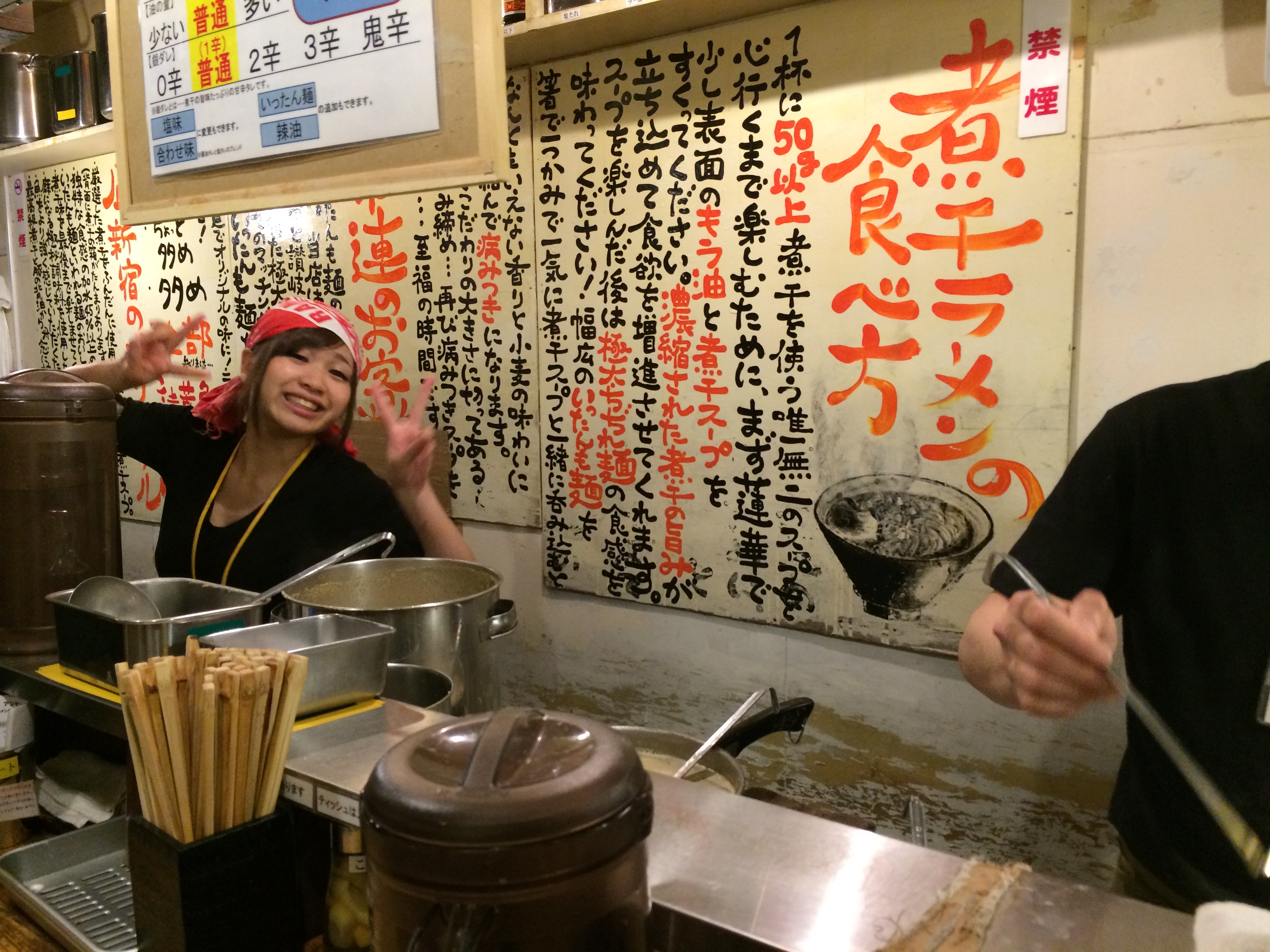What happens when a Buddhist Monk, his assistant, a Kyōgen actor, a digital animation executive and two American tourists walk into a small open-kitchen, two Michelin star kaiseki restaurant in Kyoto? The answer, of course, is nothing, given the traditionally discreet behavior of Japanese people. Nothing, that is, until one of the American tourists inadvertently forgets to lower the volume on her smartphone when using her Fodor’s Travel Phrases for Japanese app. When nearby diners heard the sentence oishii desune (it’s delicious) blaring out from the phone, they greeted it with laughter and questions about the app, including requests to hear other sentences. That broke the ice and made an already oishii night out into a truly memorable evening of making friends, posing for selfies and lively, even if sometimes difficult to translate, conversation.
Having a phrasebook to travel through Japan, where English is very rarely spoken outside international hotels and main tourist attractions, is a must. But in an era when most travelers bring a laptop or smartphone on their travels, replacing the phrasebook with an app or online course is an incredibly smart thing to do.
I’m a bi-lingual language specialist who lived in Italy, Brazil and France. Now I teach ESL at a small college in NY and write Portuguese language books and blog posts for Living Language. So while every other vacationer is pouring over travel books and sites looking for the best attractions ahead of a trip, I’m obsessing over how to say at least 20 or 30 sentences that will make me sound like I really care about the country’s language.
That’s why I loved Fodor’s Travel Phrases powered by Living Language: I memorized the sentences by repeating them wherever I was since there’s no need for an Internet connection. So I could practice on the plane or train and if I hadn’t practiced a phrase I needed, I would just play it for someone straight from my phone. I could also just read and then mark my favorite phrases for easy access and replay.
The other fun thing about the app is that whenever I played it in public, I got signs of approval from the people around me who had heard it—and it was also a nice conversation starter. The first time was on our flight to Tokyo when I was trying to review the basics for our arrival at the hotel: good evening, hello, thank you, etc. I really feel it’s important to make an effort to speak the local language, or at least sprinkle some basic expressions into an English conversation—it shows you care and that you made the effort. In most countries and Japan especially, people almost invariably react with enthusiasm to your efforts.
In a country deep-rooted in traditions and ceremonial rituals, you’ll get rewarded with great warmth and kindness whenever you start any interaction with a simple phrase like kon’nichiwa, hello, be it a restaurant, a hotel concierge desk or a shop. For my next trip, I’d like to try out the Living Language Passport courses (which include Japanese, French, Italian, Spanish, Greek and Portuguese). These are more complete travel courses which include a tutoring session with a native speaker included so you can get pronunciation feedback before you use your new phrases in the “real world.” Unfortunately, the Passport Japanese course just came out at the end of May, so too late for my trip.
However you prepare for your trip, it pays to know the following most frequent words or phrases in Japanese, which you can hear spoken by a native speaker in both the Passport course and Fodor’s travel app:
Sentences Used / Heard Most
1) kon’nichiwa hello
2) ohayoo gozaimasu good morning
3) arigato gozaimasu thank you very much
4) onegai shimasu please
5) sumimasen excuse me/pardon me
And as you plan your travels, try to include a visit to the following in your agenda:
Favorite Places
1) Tokyo’s Tsukiji fish market for a sushi breakfast of Kaisen-Don at Oedo Shokudo at a jetlagged 5:30 a.m.

2) Meiji Jingu (shrine) – in a beautiful leafy park with many other attractions – shrine especially worth going to on a Sunday, when we got to see several weddings.
3) Golden Gai district near Shinjuku – we stood on line to climb a steep staircase to Nagi, a tiny and excellent joint featuring ramen flavored with niboshi, dried sardines, and where ordering meant buying a ticket from a machine. We then went for a nightcap at the nearby candlelit, five-stool Bar Bardot, so named in tribute to the French actress.
4) Izu peninsula – We splurged for a night at Shotokan, a ryokan, or traditional Japanese inn, in Numazu-shi –with stunning views across the water to Mt. Fuji and spectacular kaiseke-style multicourse breakfast and dinner served in the room. We lingered in the onsen, hot tub, in our room and on the complex’s roof!
5) Takayama – a town at the foothills of the Japanese “alps”, a traditional center of sake-brewing where we went for tastings in the wood-built Sanmachi historic district and also toured the Yoshijima heritage house, a of turn-of-the-century architectural gem, which once belonged to a sake merchant.
6) Kyoto-Pontochodori – a narrow pedestrian street especially fun at twilight when the paper lanterns glow and we headed to one of the many bars and restaurants that have terraces overlooking the Kamo-gawa river running through the city.
7) Southern Higashiyama walking tour- a truly memorable stroll that starts alongside a hillside cemetery, includes the spectacular Kiyomizu-dera temple, then took us onto a series of historic café- and tea-room lined streets, each lovelier than the last, culminating in a couple of streets considered to be among Japan’s most beautiful – prime territory for real-life geisha sightings.



